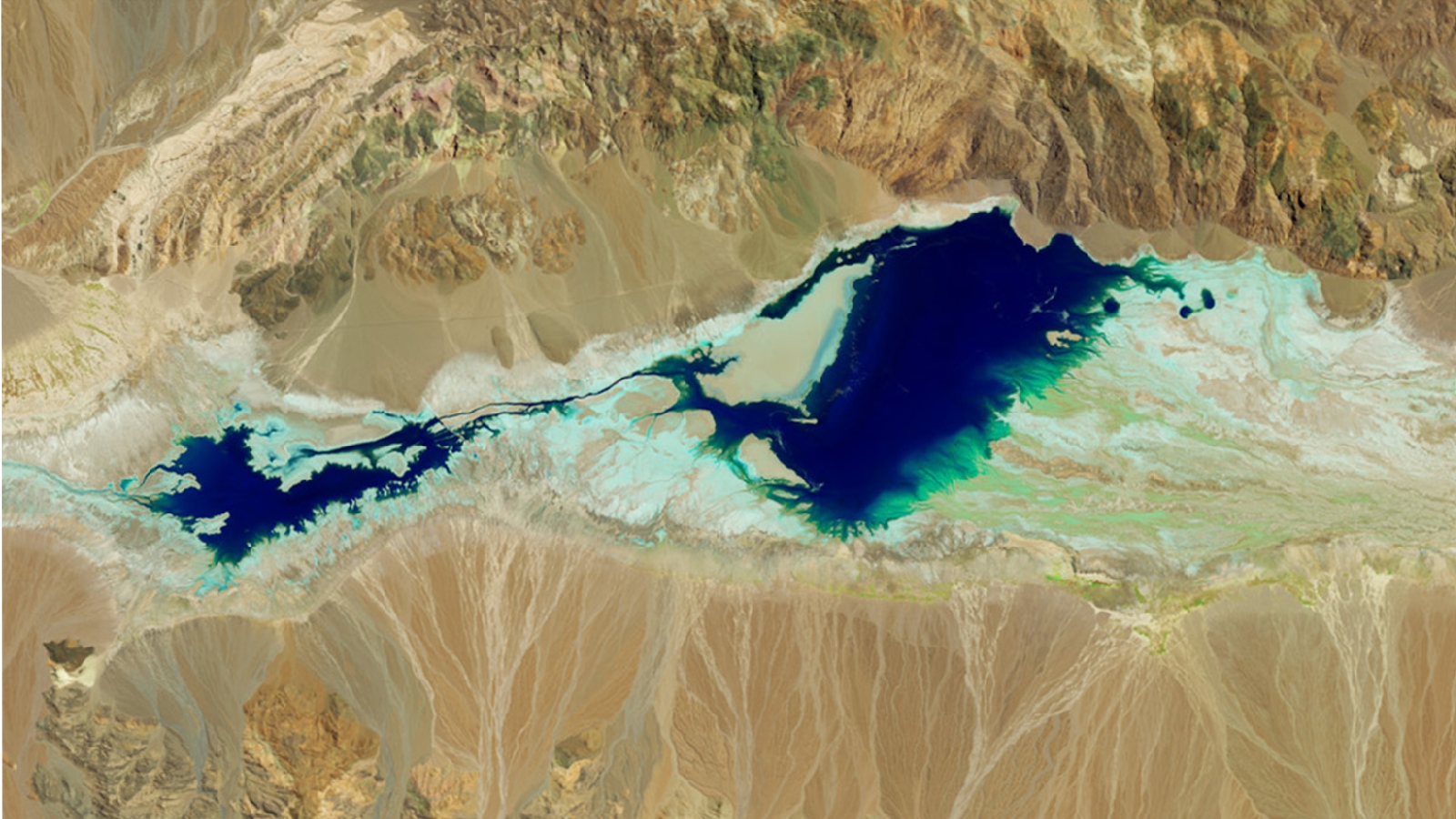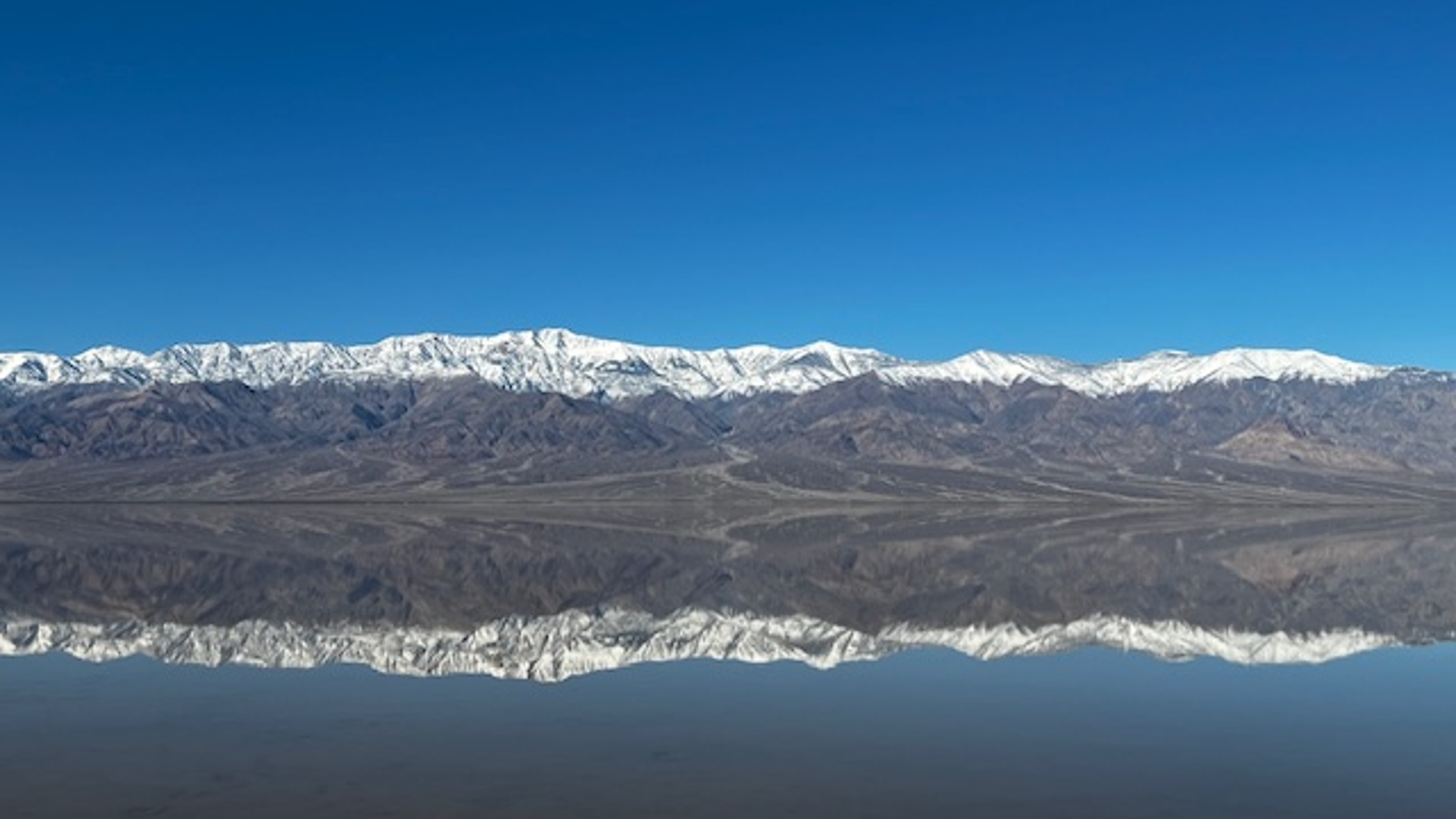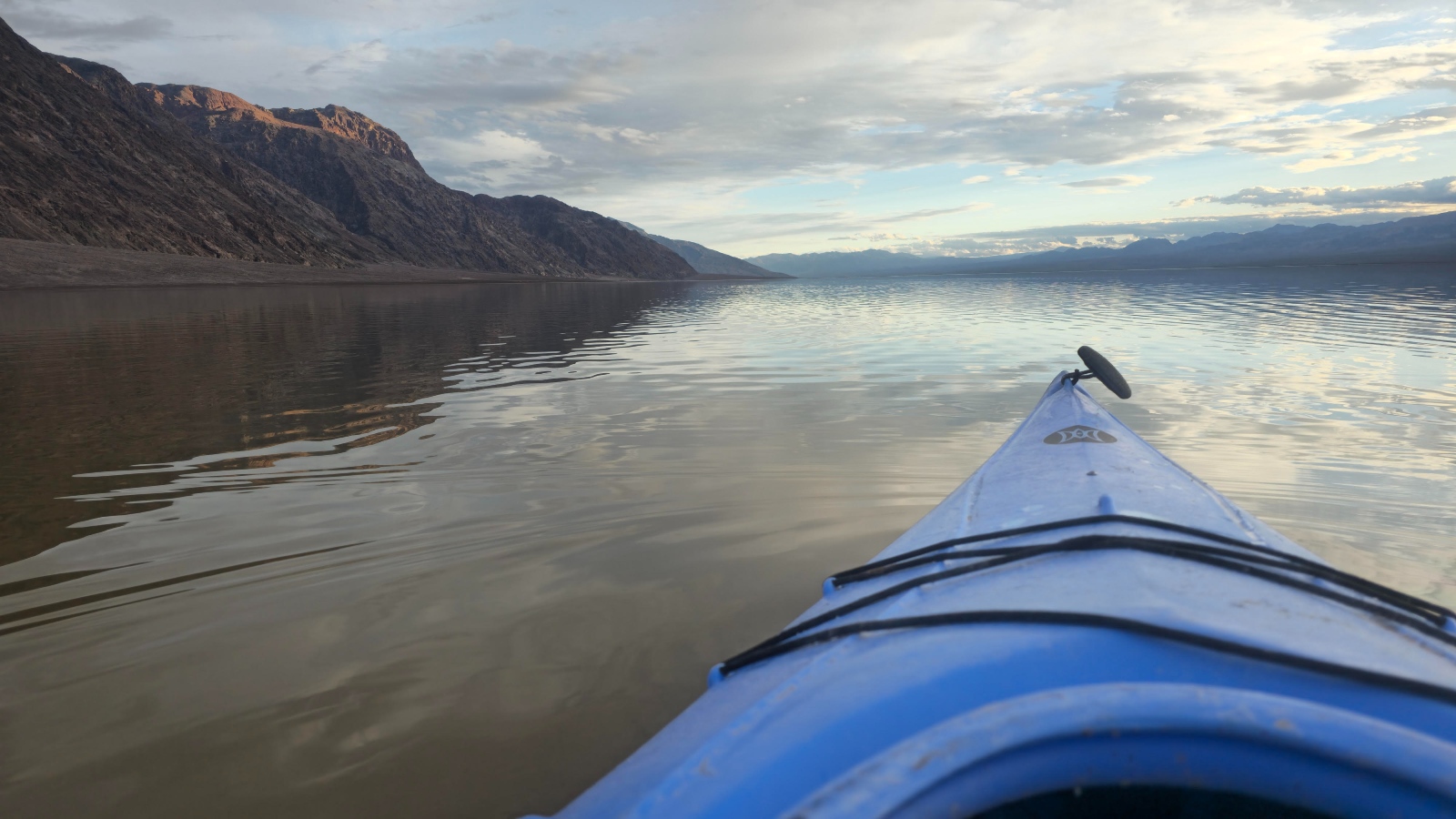'This is weird': Experts 'shocked' by record-breaking longevity of Death Valley's phantom lake
A temporary lake at Badwater Basin in Death Valley National Park has persisted for more than six months, which is far longer than it has lasted before. And experts say that it could stick around for quite a while yet.

Park rangers in Death Valley are scratching their heads as to how the desert's phantom lake has persisted for more than half a year — likely its longest lifespan in living memory. A recent rain dump also means that the puzzling pool of water, which normally dries up within weeks of appearing, could remain intact for several more months.
The ephemeral, or temporary, lake is found in the heart of Badwater Basin — a large, flat drainage basin located within the eastern border of Death Valley National Park in California. The basin is around 282 feet (86 meters) below sea level — the lowest point in North America — and is normally a dry, dusty wasteland. Most of the time, it's covered in crystalized salt, as well as occasional puddles of toxic water that seep up from a submerged spring. But after heavy rainfall, water from the rest of the park flows into the basin and creates a shallow freshwater lake.
Normally, the lake only lasts for a few weeks because Death Valley's scorching heat causes the water to evaporate faster than any fresh water can be added. Most years, the lake barely forms due to a lack of precipitation: On average, the park receives just 2 inches (5.1 centimeters) of rain annually.
On Aug. 20, 2023, the remnants of Hurricane Hilary unleashed around 2.2 inches (5.6 cm) of rain on Death Valley, creating a large lake in the basin that was up to 7 miles (11.3 kilometers) long, 4 miles (6.4 km) across and 2 feet (0.6 m) deep — its largest size for almost 20 years, according to NASA's Earth Observatory.
Over winter, the lake shrank to more than half this size and was just a few inches deep — but it did not completely dissipate.
Related: Over half of the world's largest lakes and reservoirs are losing water
"Most of us thought the lake would be gone by October," Death Valley park ranger Abby Wines said in a National Parks Service (NPS) statement. "We were shocked to see it still here after almost six months."
Get the world’s most fascinating discoveries delivered straight to your inbox.
Between Feb. 4 and Feb. 7, an atmospheric river — corridors of atmospheric water vapor that can stretch for thousands of miles — dumped another 1.5 inches (3.8 cm) of rain across Death Valley, which refilled the lake back to close its original size, prolonging its lifespan for the foreseeable future. In total, 4.9 inches (12.4 cm) of rain have fallen in Death Valley over the last six months.
Records aren't normally kept for the size of the lake and how long it has previously lasted, Wines told Live Science in an email. The last time the phantom lake reached a similar maximum size, in 2005, it only lasted for a few weeks before drying up, according to the Earth Observatory. Therefore, the lake's current lifespan is a major anomaly.
Park rangers have "no idea" why the lake has persisted so long, Wines added. "This is weird!"
The lake is currently deep enough to allow park visitors to kayak on its surface, according to FOX Weather. The lake is not expected to stay this deep for long, but Wines believes it could still be there in late April.
The recent atmospheric river also brought a rare dusting of snow to the tallest peaks in Death Valley, which is another extremely rare phenomenon, according to NPS.

Harry is a U.K.-based senior staff writer at Live Science. He studied marine biology at the University of Exeter before training to become a journalist. He covers a wide range of topics including space exploration, planetary science, space weather, climate change, animal behavior and paleontology. His recent work on the solar maximum won "best space submission" at the 2024 Aerospace Media Awards and was shortlisted in the "top scoop" category at the NCTJ Awards for Excellence in 2023. He also writes Live Science's weekly Earth from space series.




